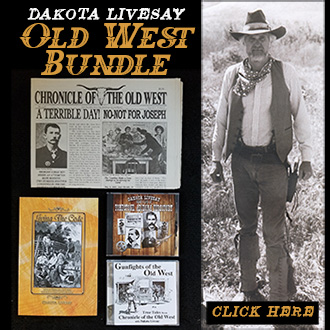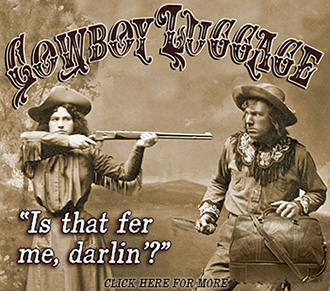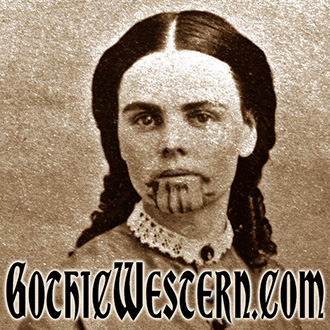How Tombstone, Arizona Was Named
 On April 1, 1877, a young prospector named Ed Schieffelin arrived at Fort Yachuca in southern Arizona. He told the soldiers he was going into Apache country and trying his hand at prospecting. They told him that the only thing he would find there would be his tombstone. That is how Tombstone, Arizona was named.
On April 1, 1877, a young prospector named Ed Schieffelin arrived at Fort Yachuca in southern Arizona. He told the soldiers he was going into Apache country and trying his hand at prospecting. They told him that the only thing he would find there would be his tombstone. That is how Tombstone, Arizona was named.By October he had run out of supplies and money. Not willing to give up, he kept looking, and was finally rewarded with the discovery of a silver vein 7 inches wide by 50 feet long. Ed Schieffelin named his mine the “Lucky Cuss.” Remembering the remarks of the soldiers that all he would find would be his tombstone, Ed, along with his brother Al, founded the Tombstone Mining District.
As soon as the word got out of a silver strike, prospectors came from everywhere. Next came the gamblers and ladies of the evening. Within 3 years the town comprised of almost 500 buildings, with more than 100 of them selling liquor, and half of these places were “houses of ill fame.”
Tombstone did have two newspapers and a hall built to attract legitimate theatrical endeavors. There were also churches and schools that incidentally, were supported by a tax on the gambling halls and houses of ill repute.
Nine years after that first discovery of silver, water flooded the mines, and the population of Tombstone dwindled down to a few hardy souls. But, during that short period, the people who came through Tombstone read like a who’s who of the Old West. This was not only because of the attraction of silver, but the rest of the west was settling down, and this desert town in the Arizona Territory was the last hurrah for wild men looking for excitement.





